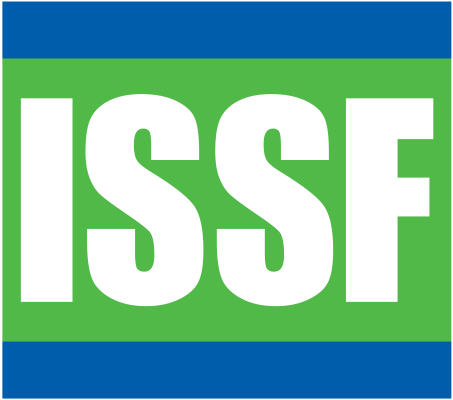Fishing Activity
An important observer activity is documenting how a fishing vessel spends its time. This information helps fisheries scientists and managers understand how much effort a vessel exerts relative to how much fish it catches (catch per unit effort, or CPUE), which can be used to make estimates about the tuna stock’s abundance (decreasing CPUE indicates overexploitation). Observer forms generally have “activity codes” that allow an observer to note what the vessel is doing, such as searching for fish, returning to port, traveling to a FAD, setting, etc.
Of particular importance regarding catch is how the vessel encountered the fish. Was it a free school unassociated with a floating object? If so, what type of cue helped detect it (foam or movement in the water, jumping fish, or seabirds over the school)? Did the helicopter find a school of fish and then direct the vessel to it? Did the skipper check the data from the echosounder buoys on his deployed FADs and then decide to visit the one with the most fish? This information is also useful to scientists as they attempt to quantify the amounts of fish caught using different fishing strategies, and to understand the impacts of technology on fishing efficiency.

